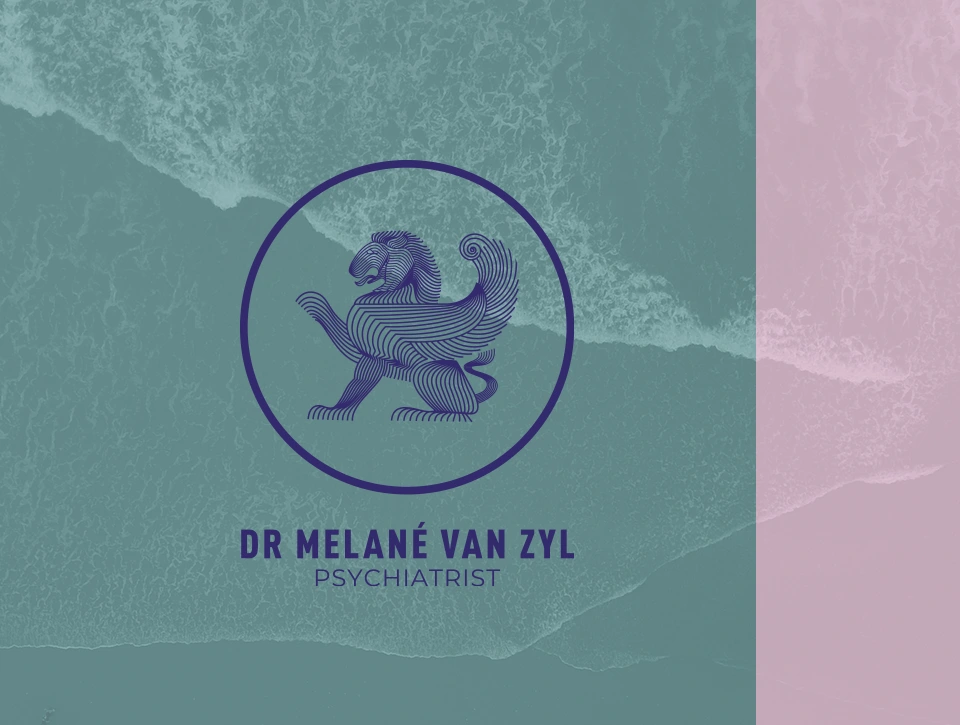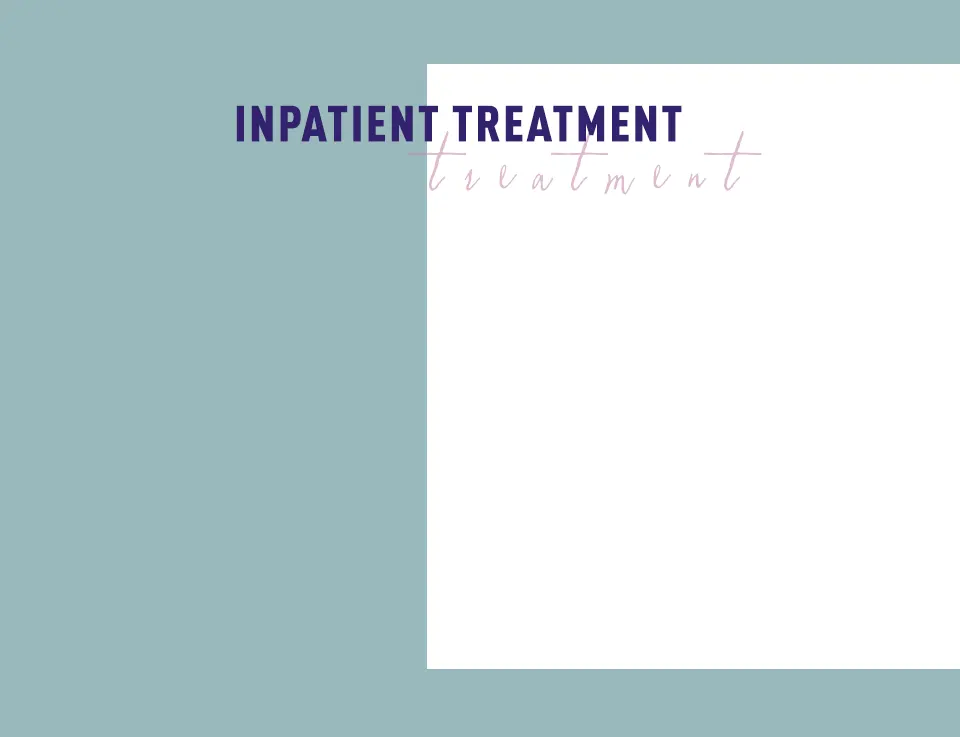


GENERAL PSYCHIATRY
As a specialist psychiatry practice, we offer all recognised services surrounding the diagnosis and treatment of psychiatric disorders. These include major depression, bipolar mood disorder, anxiety disorders (panic disorder, post-traumatic stress disorder) and psychotic disorders.
We also diagnose and treat developmental disorders, such as attention deficit hyperactivity disorder (ADHD) and neuropsychiatric disorders, such as dementia.
Borderline Personality Disorder
I have a special interest in Borderline Personality Disorder. Often highly misunderstood and stigmatised, Borderline Personality Disorder is indeed treatable with techniques such as Dialectical behaviour therapy (DBT).
Comprehensive treatment plan
No two diagnoses are alike and neither are their treatments. I work with a range of specialists and plan treatment programmes that might include in-hospital treatment, medication (or the adjustment of existing medication), referral to other therapists, and psychotherapy.
INPATIENT TREATMENT
Having to be admitted to hospital can initially feel frightening. However, due to the support they receive from the nursing staff, support groups, and teams of specialists, patients learn self-improvement skills and have an extremely positive experience. .
Multi-disciplinary team
I work closely with the multi-disciplinary team at Netcare Vaalpark hospital to provide effective programmes for admitted patients to participate in. The team provides extensive input where necessary, for example in work or relationship issues.


LIAISON PSYCHIATRY
Liaison psychiatry is the interface between general medicine and psychiatry. A psychiatrist is called upon to visit a patient in hospital at the request of a physician or surgeon. This effective partnership between psychiatry and general medicine helps patients get well sooner, reducing their stay in hospital and preventing relapse and/or readmission. .
Liaising with physicians and surgeons
As a liaison psychiatrist, I consult patients at Mediclinic Vereeniging, Mediclinic Emfuleni and Midvaal Private Hospital. I assist with the evaluation of patients with confusion (delirium), anxiety (panic attacks), trauma, pain conditions and those who have attempted to take their own lives. I also help patients with symptoms due to substance abuse, withdrawal and psychosis.
DEPTH PSYCHOTHERAPY / PSYCHOANALYSIS
Psychotherapy is the treatment of mental disorders (and/or suffering) through techniques that utilise the relationship between the patient and the therapist. Depth psychotherapy is a much more intensive approach. It accesses the patient’s subconscious mind and aims to bring to light the ʽroot causeʼ of the patient’s suffering.

Intensive patient/therapist relationship
To use a metaphor, when we’re drowning in our problems, psychotherapy can give us the tools to stay afloat. Depth psychotherapy, on the other hand, looks at the reasons why we are in the water and why we haven’t yet learned to swim. Ultimately, depth psychotherapy teaches us to swim. Depth psychotherapy is a highly specialised service. The therapist also receives many years of individual therapy and analysis to ensure they’re able to provide the appropriate ʽspace’ for their patient’s process. Depth psychotherapy is not for the faint hearted, but it is an incredibly rewarding journey.
Accessing the subconscious mind
Depth psychotherapy uses dreams, films, fairy tales, symbolism and myths to access the subconscious mind. For example, I use modern day mythology and symbolism such as lyrics from punk or metal music, movies like Star Wars, superheroes and tattoos in my analysis (if they appeal to the patient’s interests). As part of the qualification process, I have been seeing patients for psychoanalysis for the past two years and I receive weekly supervision. During this time, I need long-term patients and am happy, therefore, to offer psychoanalysis at a discounted rate to patients who meet specific requirements.

EYE MOVEMENT DESENSITISATION AND REPROCESSING
Eye movement desensitisation and reprocessing (EMDR) is a an effective and well-researched technique developed by Francine Shapiro in the late 1980s. Therapists use bilateral stimulation (usually eye movements, but there are other methods) to reprocess traumatic memories.
Stored ‘small-t’ traumas
The theory is that it’s not only extreme trauma (such as a hijacking or robbery) that creates negative effects, but also general adverse experiences, termed ‘small-t’ trauma (such as being told you’re not good enough). This implies that all of us could have stored past traumas as memories, and that these still affect us in the present. Experts in the field of trauma (such as Bessel van der Kolk in his fantastic book The Body Keeps the Score) describe EDMR as effective. I personally have had truly phenomenal results since being qualified to perform this therapy – sometimes, in as few as three sessions. Patients have reprocessed their memories and can enjoy living without the shackles of their traumas.
Funding for EMDR
As EMDR therapy requires relatively few sessions, funding (via medical aid, insurance companies or workers compensation assistance) is usually easy.
MINDFULNESS MEDITATION AND MINDFULNESS-BASED STRESS RELIEF
Mindfulness is noticing what we are experiencing in the moment without judging our experiences. It sounds simple (and it is) but it can be a life-changing practice. Mindfulness meditation is an effective technique for the treatment of trauma. It’s also extremely useful in helping to relieve symptoms of depression, anxiety and chronic pain. Research has found changes in the brain after a course of daily meditations. These changes can be seen on brain scans and EEGs, and even in certain blood tests.

Mindfulness meditation is an effective technique for the treatment of trauma. It’s also extremely useful in helping to relieve symptoms of depression, anxiety and chronic pain. Research has found changes in the brain after a course of daily meditations. These changes can be seen on brain scans and EEGs, and even in certain blood tests.
Group therapy and yoga
Mindfulness-based stress relief (MBSR) is a well-researched intervention developed by Jon Kabat-Zinn. It is typically a group therapy presented over about eight weeks. It includes learning to meditate in various forms (such as sitting or walking meditation) and involving the body by way of mindful movements, usually yoga. Jon Kabat-Zinn is a remarkable man who embodies the essence of mindfulness while also being a respected scientist. Among his several memorable quotes is my favourite: “As long as you are breathing, there is more right with you than there is wrong.”
Post graduate certificate in mindfulness-based stress relief and cognitive therapies
I will complete my certification from the University of Stellenbosch to become a mindfulness meditation teacher in early 2021.

DIALECTICAL BEHAVIOUR THERAPY
Dialectical behaviour therapy (DBT) is an evidence-based talking therapy that includes mindfulness and other skills such as interpersonal effectiveness, distress tolerance and emotional regulation. These skills can benefit anyone, not only patients diagnosed with a mood disorder.
Like cognitive behavioural therapy (CBT) that focuses on changing unhelpful ways of thinking and behaving, DBT focuses on also accepting who we are. It is suitable for people who feel emotions intensely. Dialectical means concerned with opposing forces therefore DBT teaches the ability to both accept and change behaviour.
Positive experience for inpatients
Developed by Marsha Linehan, DBT is the inpatient programme of choice for psychiatric clinics wishing to offer an evidence-based programme. Not only is feedback from patients positive, they report how much they enjoy the experience.
Working in multi-disciplinary teams
The members of our multi-disciplinary team in Netcare Vaalpark meet weekly to discuss what is happening in the ward and to ensure that all the sessions we present are interconnected. We are continuously fine-tuning our programme to ensure maximum positive outcomes for our patients. Although DBT usually involves more group work than CBT, it can be used in an individual setting, such as when the therapist sees a patient weekly. It is also useful for the treatment of trauma, borderline personality disorder, panic attacks and teenagers with depression.
USING THE BODY: YOGA, QIGONG AND NIA
YOGA
Based on 3,500 years of wisdom, yoga is a physical, mental and spiritual discipline originating from India and widely practiced in the West. It has become an evidence-based practice, used to help with the treatment of trauma (again as described by Bessel van der Kolk) and integrates with MBSR and DBT programmes.
Complete mind-body experience
Yoga is considered by many to be the ultimate mind-body practice, because it can be done by people from all cultures and religions, of all ages and abilities.
The word ʽyoga’ comes from the Sanskrit word ʽyuj’, meaning to yoke or bring together. Much more just than a relaxation exercise, yoga is about developing skills that can calm the mind, overcome physical limitations and transcend the ego. Working with the body, we learn lessons about ourselves and this can eventually bring us inner peace and relief from suffering.
How we experience our bodies and minds will be mirrored by our experience on the yoga mat, which leads to a deeper insight into our subconscious minds and ultimately to a life of discipline, balance, peace and love.
Hatha yoga and yoga nidra
Typically, hatha yoga is used in MBSR programmes. I am also interested in yoga nidra – the ‘sleep of yoga’ where the yogi moves through preparatory techniques to calm the body and mind and enter a deep state of awareness.
Effective healing
While it might sound mysterious, yoga nidra is very relaxing and enjoyable because the whole session is done in ‘savasana’, the corpse pose with no need to worry about level of ability or experience. The benefits of yoga nidra are well-researched and it is an extremely effective healing practice.
QIGONG
Qigong is an ancient Chinese healing practice and has similar origins to some martial arts, such as tai chi. It is a mindful movement that enhances the interaction between the internal organs and the external environment. Practitioners of qigong can adjust their movement to their breathing to figure out what is best for them in the present moment.
I am affiliated with White Tiger Qigong in Thailand and am a proud enrolled student of Master Instructor Tevia Feng.
Both qigong and tai chi are increasingly used in programmes that promote mental wellness in psychiatric and general hospitals, in MBSR programmes and at retreats. Qigong is often used as preliminary training for tai chi.
Comparing qigong and yoga
While there are similarities between yoga and qigong and tai chi, there are also fundamental differences. Qigong and tai chi have roots in the martial arts, whereas yoga does not. This makes it easier for people of all religions and spiritual beliefs to engage in qigong and tai chi. Qigong and tai chi use the natural curve of the body and swinging movements, whereas yoga tends to use static stretches. And, interestingly, qigong is practised outside in nature; yoga is practised inside.
NIA
Nia is my newest mind/body offering; it is an absolute joy to practise. It was developed in the 1980s as an alternative to aerobics and is ideal for those less interested in yoga and qigong.
Nia is a dance movement, choreographed to music, combining nine movements: three martial arts (tai chi, aikido, taekwondo), three dance arts (modern, Duncan, jazz) and three healing arts (yoga, Feldenkrais, Alexander technique).
At the time of writing (August 2020), I am engaging online with the Nia founder, Debbie Rosas, and studying white belt teacher training. I can’t wait to introduce the Vaal to Nia in 2021.



Get in touch








